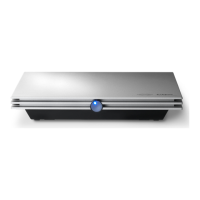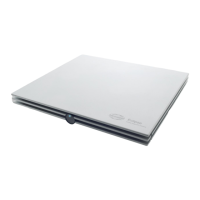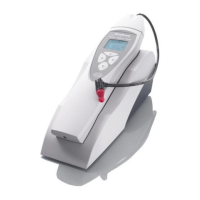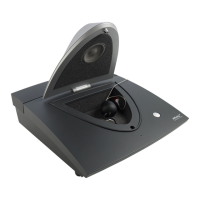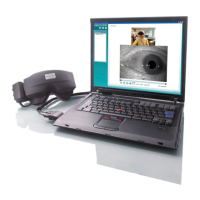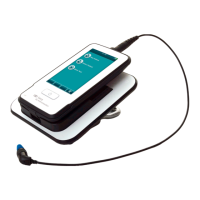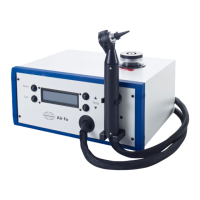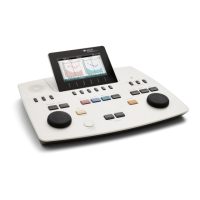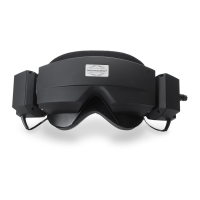D-0120588-B – 2019/03
Eclipse – Instructions for Use - EN Page 59
4 Operating instructions VEMP
The VEMP module can be a standalone license or a license together with the EP15/EP25 software. Refer to
Chapter 3 for an overview of the various features and functions in the EP15/25 software. VEMP only related
features and functions will be described in this section.
1. All contact between the conductive parts of electrodes or their connectors, including the neutral
electrode and other conductive parts including the earth must be avoided.
2. Please check the setup before recording, and verify that the correct type of sound stimulus, level,
filtering, and recording window will be used as another operator/person may have changed/deleted
the protocol setting. During recording, the stimulus parameters can be seen on the user interface.
3. If the system has not been used for a while, the operator should inspect the transducers (e.g., check
the insert phone silicone tubing for cracks) and electrodes (e.g., check the expiry date of disposable
electrodes, check cables for damage) to verify that the system is ready to start testing and provide
accurate results.
4. Only electrode gel intended for electroencephalography must be used. Please follow the
manufacturer’s instructions regarding the use of the gel.
5. The presence of tinnitus, hyperacusis or other sensitivity to loud sounds may contraindicate testing
when high intensity stimuli are used.
6. Patients with cervical spine problems should be assessed to ensure they are able to maintain
adequate SCM muscle contraction during testing without causing further pain or discomfort. If in
doubt, seek a medical opinion prior to testing.
7. The VEMP response is sensitive to the stimulus level reaching the inner ear. A conductive hearing
loss caused by middle ear problems that attenuate the stimulus reaching the inner ear is a
contraindicator to testing with air conduction stimuli.
NOTICE
1. The Eclipse system consists of a 2 channel input board which allows the user to create
measurements for both ears without switching the electrodes.
2. The digital filters of the EP system will attenuate unwanted signals/frequencies to a certain extent.
3. The operator may benefit from watching the Raw EEG bar and modify Preamplifier filters located in
auto protocols setup to improve the quality of the measurement. The filters may be modified prior to
or during a recording.

